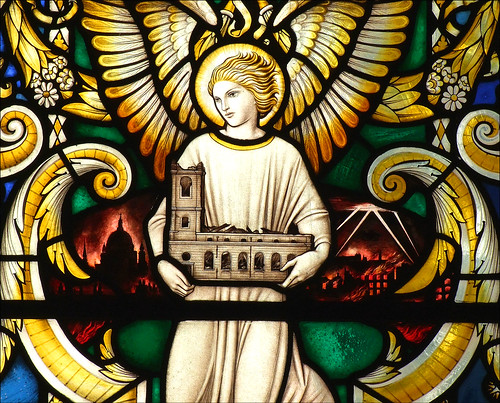| |
|
|
|
|
If a Martian came down to the City and was shown around
the churches of the Square Mile, there is no doubt that
he would think St Lawrence Jewry quite the most
important. This wouldn't be just because of its perfect
setting facing down Gresham Street across the square from
the Guildhall, although of course that would contribute.
And it certainly isn't the biggest of the City churches.
But you step into an interior which is without parallel
in the City for dark-wooded, serious-windowed gravitas.
There is a palpable sense of patronage, of the power of
conservative institutions transformed and transmuted into
brass and banners, into solemn words and ethereal music.
This is a place where the Church of England knows its
friends, draws a line, and stands firm.And yet, it is all an illusion, for on the
night of 29th December 1940 St Lawrence was completely
gutted by German incendiaries and high explosive bombs.
Nothing survived except for the lower part of the tower
and walls. It was, in its way, the perfect firestorm. It
was a Sunday evening. The churches had been locked after
the services that morning in direct contravention of the
request of the City authorities for buildings to be left
accessible to firefighters. Because it was Christmas week
there were hardly any firewatchers on duty in the area
north of Cheapside. There was a strong wind blowing, to
fan the flames. And as the fires joined together covering
an area of almost fifty acres, the rising heat began to
draw in air from below the flames from all sides. The air
drawn into the furnace was running at more than fifty
miles an hour, and the result was the largest bomb site
in the whole of the British Isles - although nothing to
compare with anything in almost any large German city, of
course.
The medieval church had been gutted
in the Great Fire, and the rebuilding was one of the most
expensive of all the Wren churches. As Simon Bradley
points out, St Lawrence was unusual in that its walls
were exposed on all sides, it wasn't jammed in among
other buildings, and so attention had to be paid to the
exterior. The facing in Portland stone added to its
grandeur.
The architect chosen for the
post-war rebuilding was Cecil Brown, with a brief to
provide a church fitting for pomp and circumstance, for
ceremony and seriousness. St Lawrence therefore has none
of the light-wooded Festival of Britain jollity you find
at Lawrence King's St Mary le Bow, or the quiet
candle-lit introspection of Dykes Bowers' St Vedast. This
is church as theatre. Instead of the uplifting thrill of
the John Hayward and Brian Thomas glass at St Mary le Bow
and St Vedast, here Christopher Webb contributed a scheme
which Simon Bradley rightly describes as unobtrusive. But
it all works. There is a great harmony, and a sense of a
church much greater than its individual parts.
Have I made this church sound
unwelcoming? It isn't. Almost every time I've been here
I've found stewards inside, and they are always pleased
to see visitors. And, of course, they have a lot to be
pleased about.
Simon Knott, December 2015
location: Gresham Street 2/035
status: City Corporation church
access: open Monday to Friday, services on
Sunday
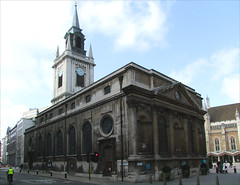 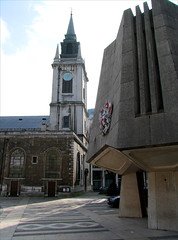 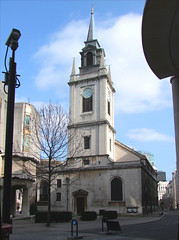 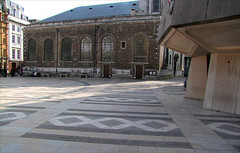  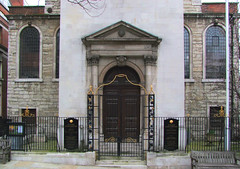 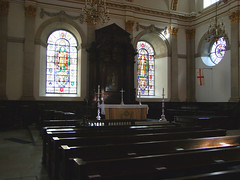 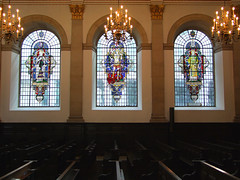 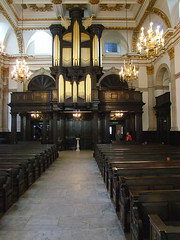 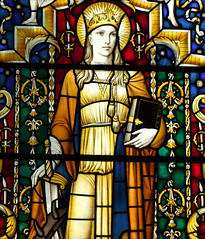 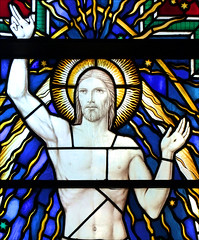 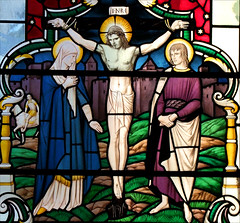 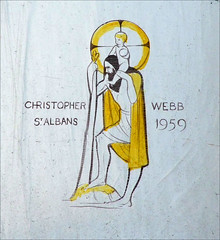 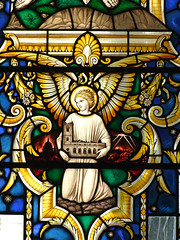 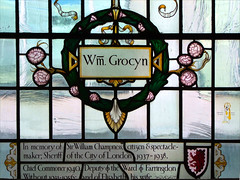  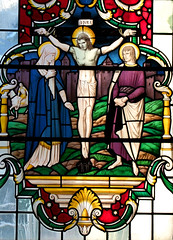 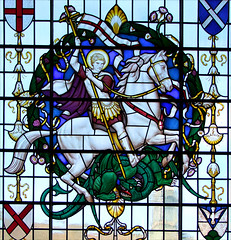 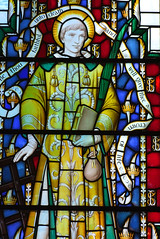 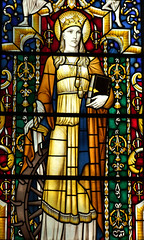 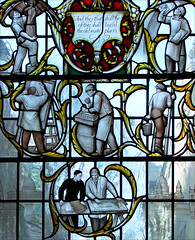 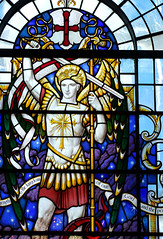 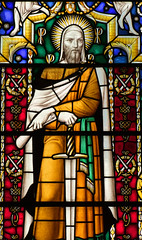 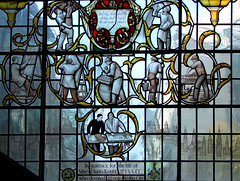 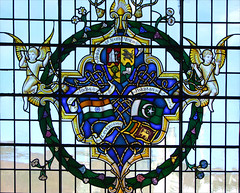 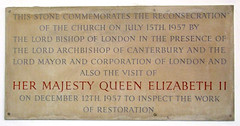 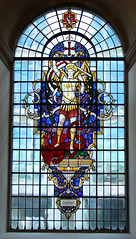 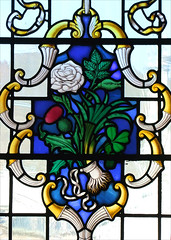 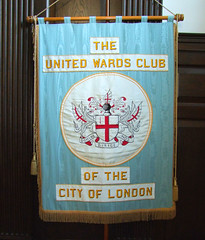 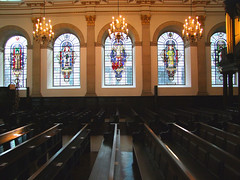 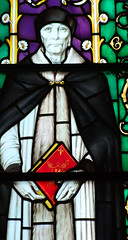 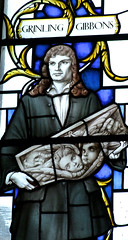 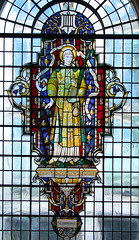  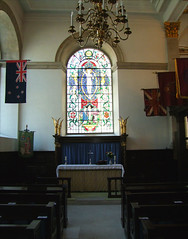 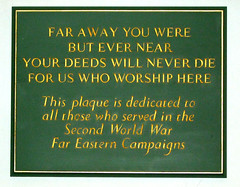  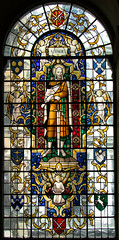 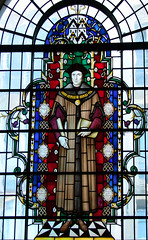 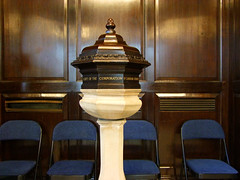 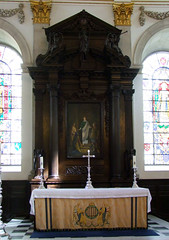 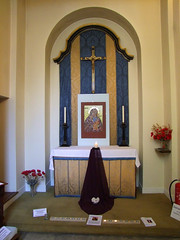 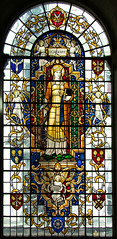
Commission
from Amazon.co.uk supports the running of this site
|
|
|
|
|
|


